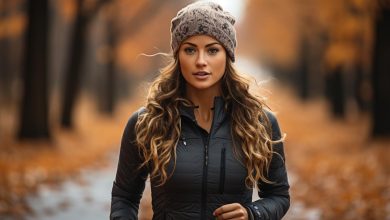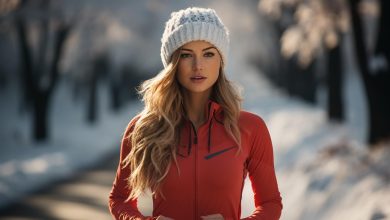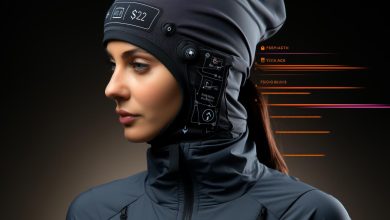Layering Techniques for Cold Weather Running
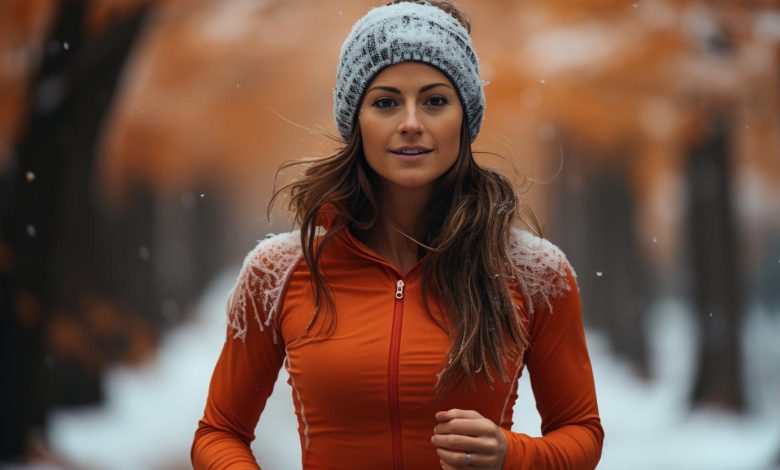
Are you tired of freezing your butt off while trying to stay active during the winter? Well, fear not! This article is here to teach you the art of layering for cold weather running.
By utilizing a combination of fabrics, choosing the right base layer, and adding a mid-layer for extra warmth, you’ll be able to conquer those frosty miles with ease.
Plus, we’ll discuss the importance of a windproof and waterproof outer layer, as well as accessories to complete your cold weather running outfit.
Let’s dive in and keep that winter chill at bay!
Layering Fabrics for Optimal Insulation

You should consider layering fabrics with different thermal properties for the best insulation.
When it comes to staying warm during cold weather running, choosing the right materials is crucial. One key factor to consider is moisture-wicking materials. These fabrics are designed to pull sweat away from your body, keeping you dry and comfortable throughout your run. Look for clothing made with synthetic fibers like polyester or nylon, as they are excellent at wicking away moisture.
In addition to moisture-wicking properties, thermal insulation is another important aspect of layering fabrics for optimal warmth. Insulating materials trap air close to your body, creating a barrier against the cold temperatures outside. Fabrics like fleece and wool are known for their excellent insulating properties and can be great choices for base or mid-layers in colder conditions.
Layering these different types of fabrics allows you to create a system that effectively manages both moisture and temperature regulation. Start with a lightweight moisture-wicking base layer next to your skin, followed by an insulating mid-layer made of fleece or wool. Finally, add an outer shell layer that provides protection against wind and rain.
By combining these various fabric types in your layers, you’ll ensure maximum comfort and warmth during your cold weather runs.
Keep in mind that everyone’s preferences may differ slightly, so it’s essential to experiment with different combinations until you find what works best for you.
Choosing the Right Base Layer
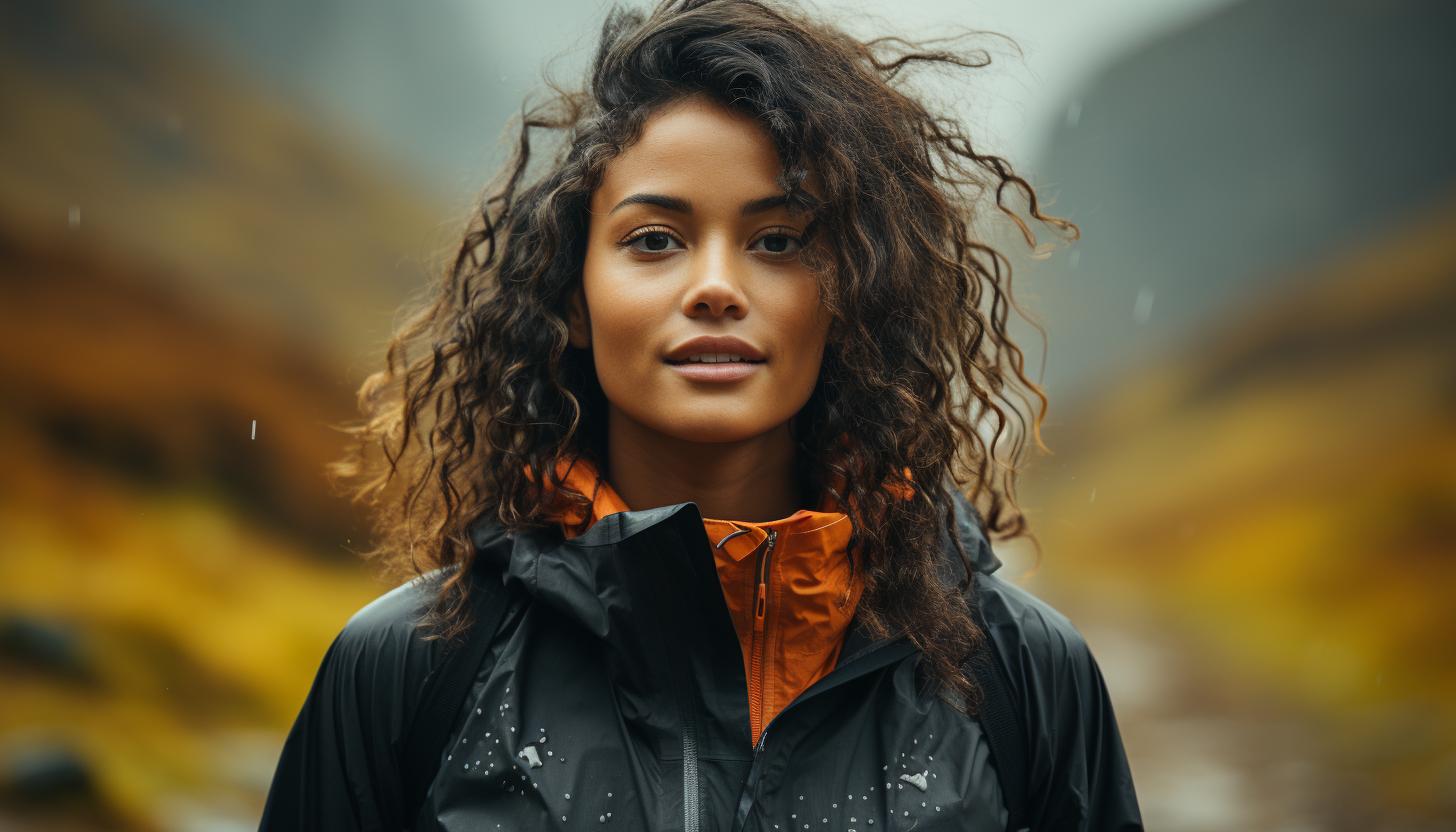
When choosing the right base layer, it’s important to consider the fabric’s moisture-wicking properties. This is crucial because a base layer that doesn’t effectively wick away moisture can leave you feeling sweaty and uncomfortable during your cold weather run. To ensure you make the best choice, here are four factors to keep in mind:
1. Material: Look for base layers made from moisture-wicking materials like polyester or merino wool. These fabrics are designed to pull sweat away from your skin, keeping you dry and warm.
2. Weight: Consider the weight of the base layer based on the temperature and activity level. Lighter weights work well for milder conditions or high-intensity workouts, while heavier weights provide more insulation for extreme cold.
3. Fit: Opt for a snug fit without being too tight or restrictive. A well-fitting base layer will allow for easy movement while maximizing its moisture-wicking capabilities.
4. Seams: Check if the base layer has flatlock seams instead of bulky ones. Flatlock seams lie flat against your skin, reducing friction and preventing chafing during long runs.
Adding a Mid-Layer for Extra Warmth
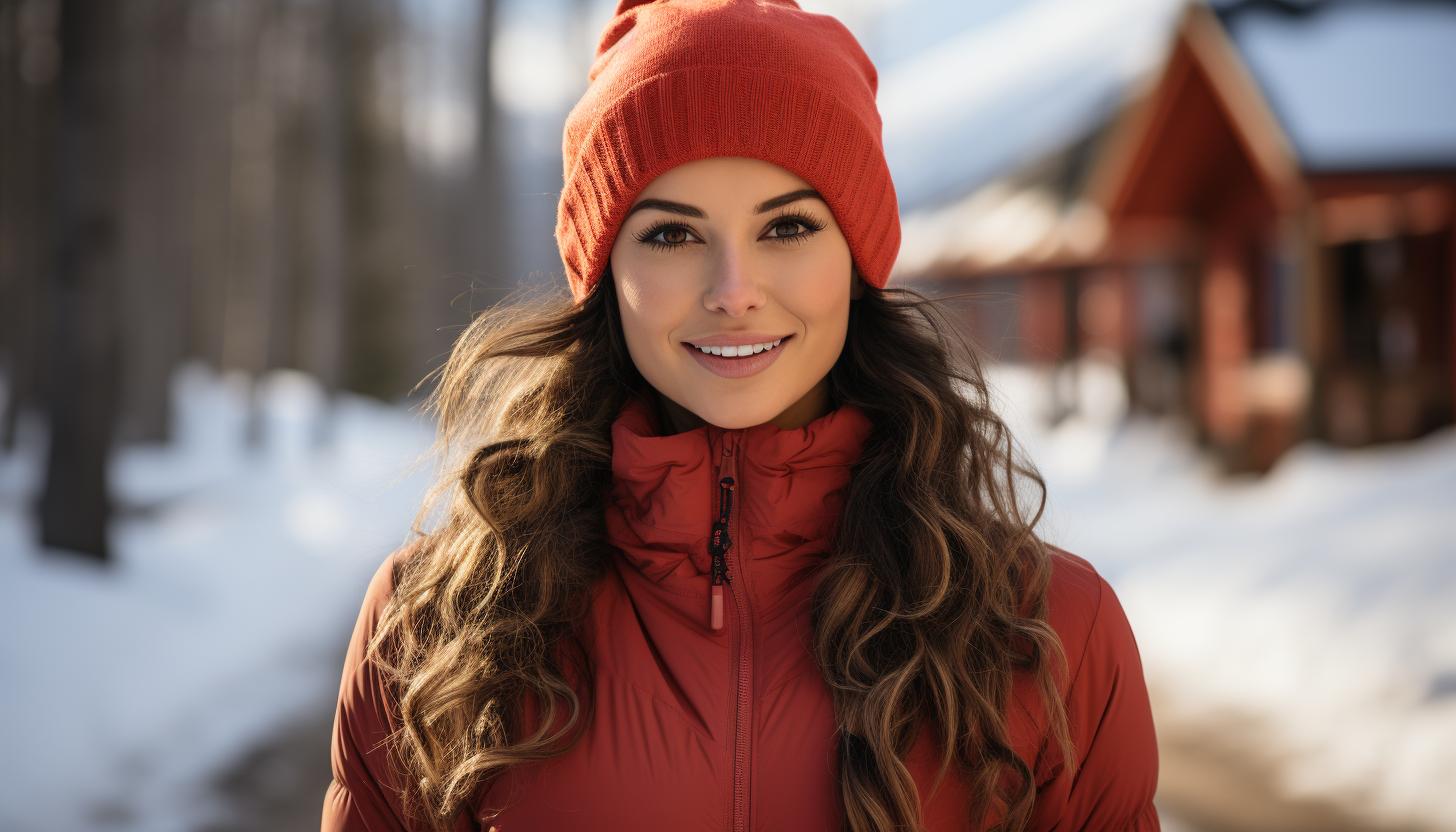
To add extra warmth during your winter workouts, consider incorporating a mid-layer into your outfit. A fleece mid layer is a great option as it offers several benefits.
First and foremost, fleece is an excellent insulator, trapping heat close to your body and keeping you warm even in the coldest conditions. Additionally, fleece is highly breathable, allowing moisture to escape and preventing you from feeling clammy or sweaty during your workout. It also dries quickly, which is ideal if you get caught in unexpected rain or snow.
When layering with a down jacket, there are a few tips to keep in mind. Start by wearing a moisture-wicking base layer to draw sweat away from your skin. Next, add a lightweight fleece mid layer for insulation. The down jacket can then be worn on top as the outermost layer to provide maximum warmth and protection against wind and precipitation.
Remember that proper fit is key when layering with a down jacket. Make sure the mid-layer isn’t too bulky or tight-fitting as this can restrict movement and compromise the effectiveness of each layer.
The Importance of a Windproof and Waterproof Outer Layer
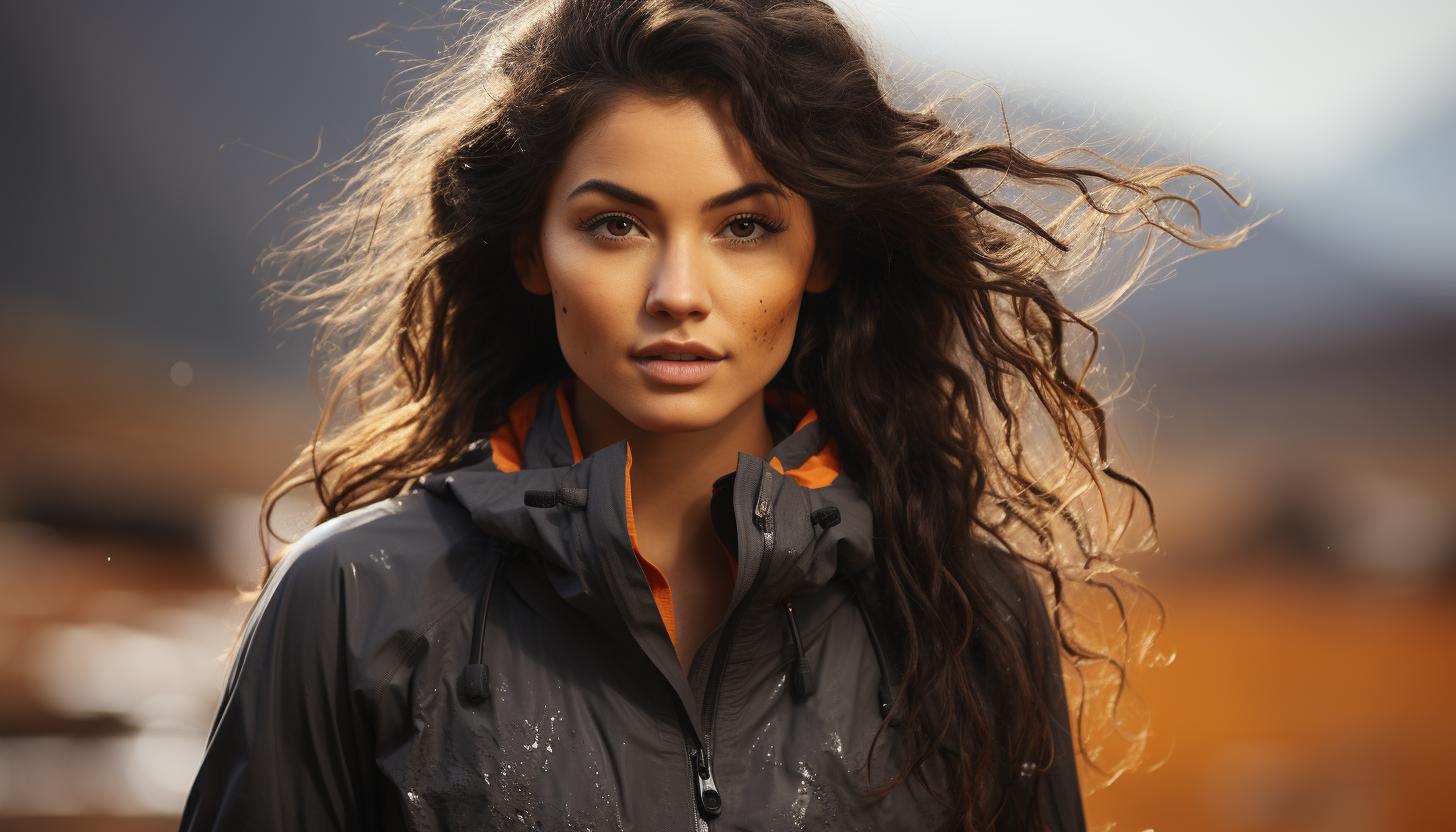
Wearing a windproof and waterproof outer layer is essential for staying protected from the elements during winter workouts. When it comes to choosing the right outer layer for cold weather running, there are several factors to consider. Here’s a list of important points to keep in mind:
1. Material: Look for outer layers made with technical fabrics that offer both wind and water resistance. These materials will help keep you dry and shielded from harsh weather conditions.
2. Fit: Opt for an outer layer that allows freedom of movement but isn’t too loose or tight. A well-fitting jacket will ensure maximum protection without hindering your performance.
3. Ventilation: Find an outer layer with strategic ventilation features such as underarm zippers or mesh panels. These will allow heat and moisture to escape, preventing overheating during intense workouts.
4. Reflectivity: Safety should always be a priority, especially when running in low-light conditions during winter months. Look for an outer layer with reflective details to enhance visibility and make you more visible to drivers.
Layering is vital because it provides added protection against wind and rain while allowing you to adjust your attire according to changing weather conditions or your body temperature during exercise.
Accessories to Complete Your Cold Weather Running Outfit

Don’t forget to include a hat, gloves, and a neck gaiter to complete your cold weather running outfit. These accessories are essential for keeping you warm and protected during those chilly winter runs.
When it comes to headgear, a good hat is crucial in preventing heat loss from your head. Look for one that is made from moisture-wicking material and provides insulation without overheating you. A beanie or skull cap that covers your ears will also help keep them warm.
Selecting the right gloves for winter running is equally important. You want gloves that provide insulation while still allowing for dexterity and breathability. Look for gloves that are windproof and water-resistant to protect your hands from the elements. Touchscreen compatibility can also be handy if you like to use your phone or smartwatch while on the go.
Lastly, don’t forget about a neck gaiter or scarf to protect your neck and face from the cold air. Look for one made from moisture-wicking fabric that can be easily adjusted to cover both your mouth and nose when needed.
By including these essential accessories in your cold weather running outfit, you’ll stay warm and comfortable throughout your run, no matter how low the temperature drops.
Stay safe out there!
Conclusion
So now you know the importance of layering techniques for cold weather running. By choosing the right fabrics, such as moisture-wicking materials and insulating layers, you can ensure optimal insulation and comfort during your runs.
Don’t forget to add a mid-layer for extra warmth and invest in a windproof and waterproof outer layer to protect yourself from the elements.
And finally, accessorize with items like gloves and a hat to complete your outfit. Imagine yourself braving the icy winds, feeling warm and cozy in your well-layered attire, pushing through that final mile with determination.

